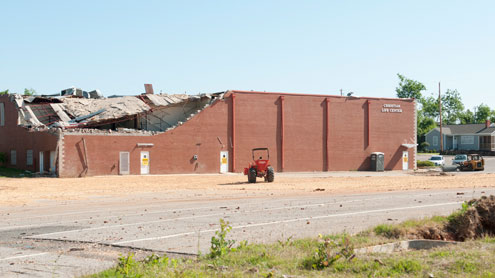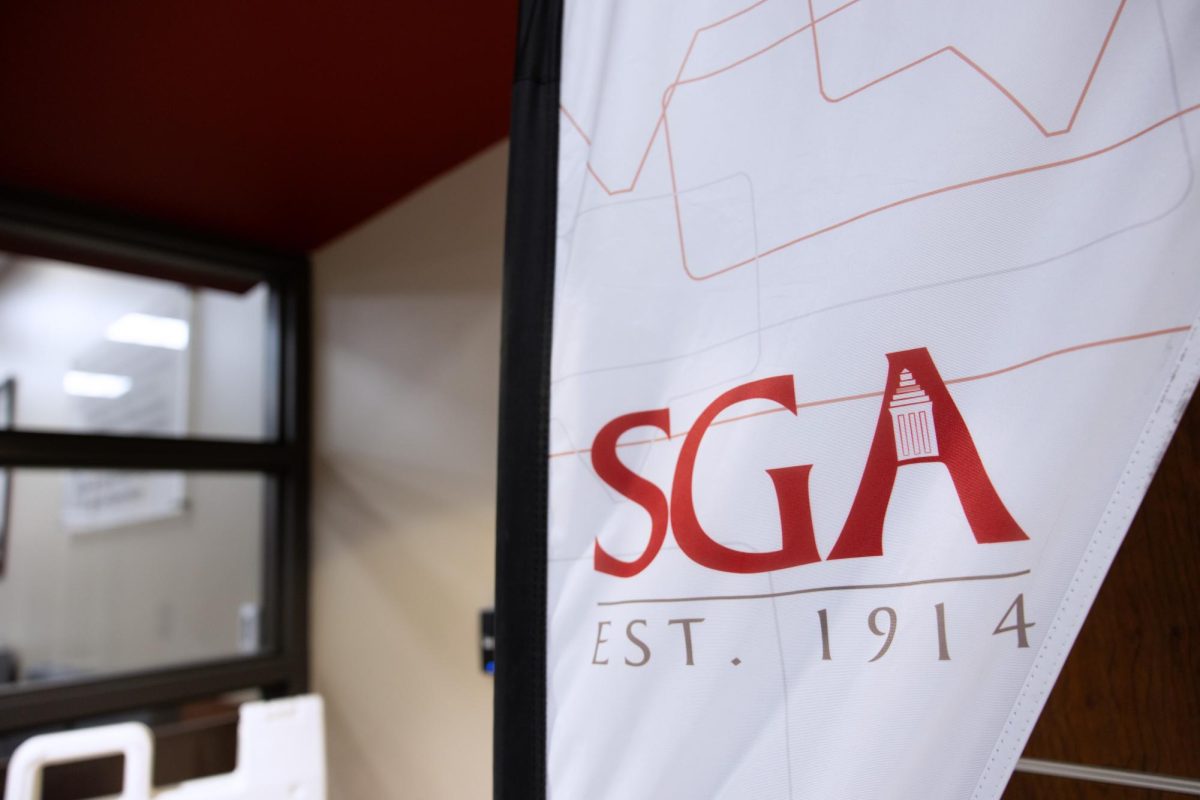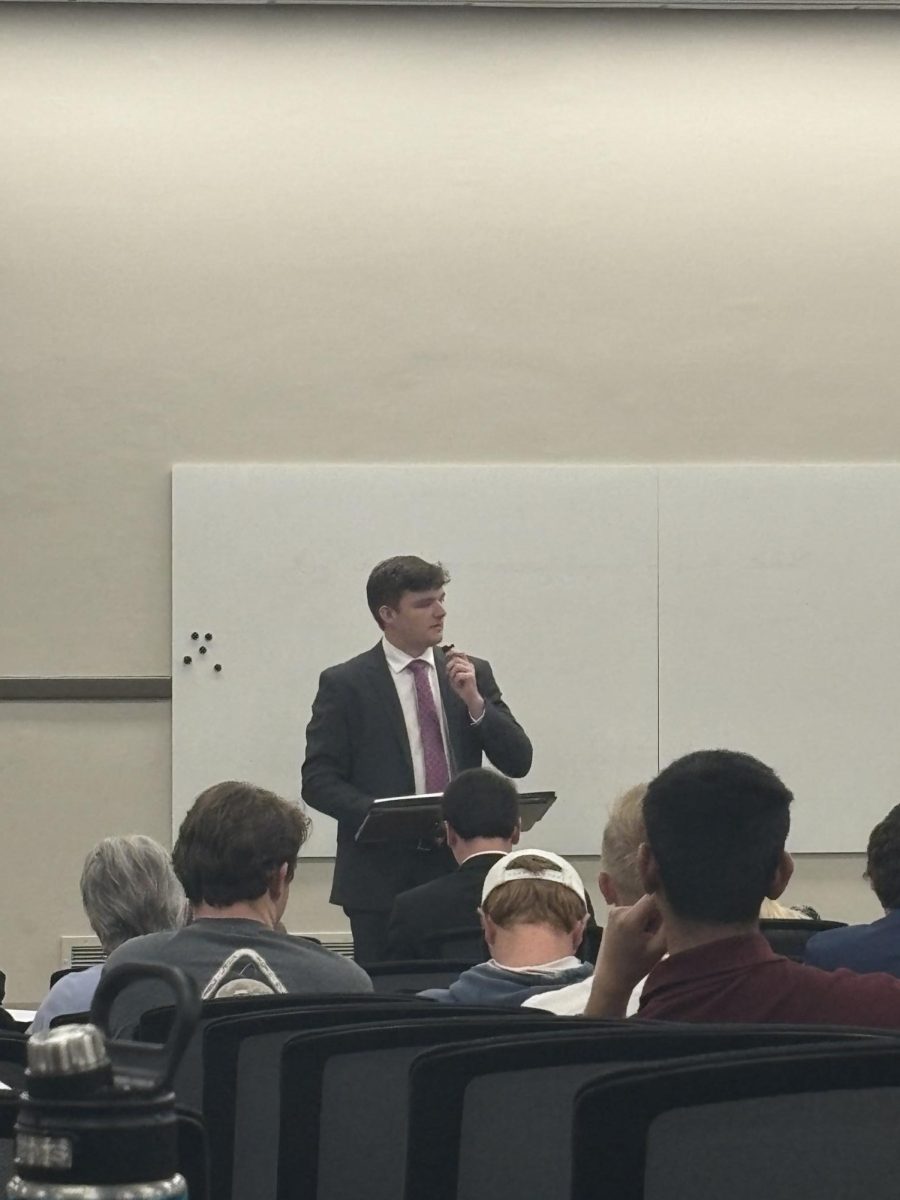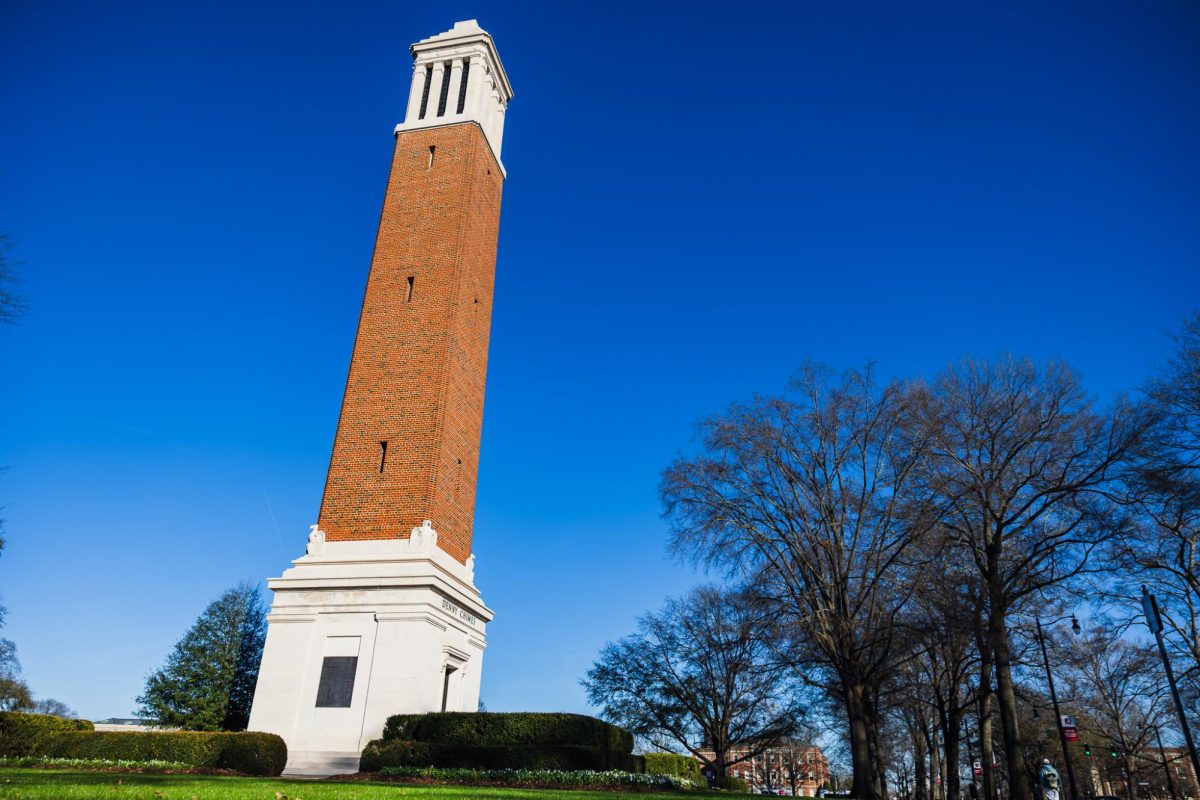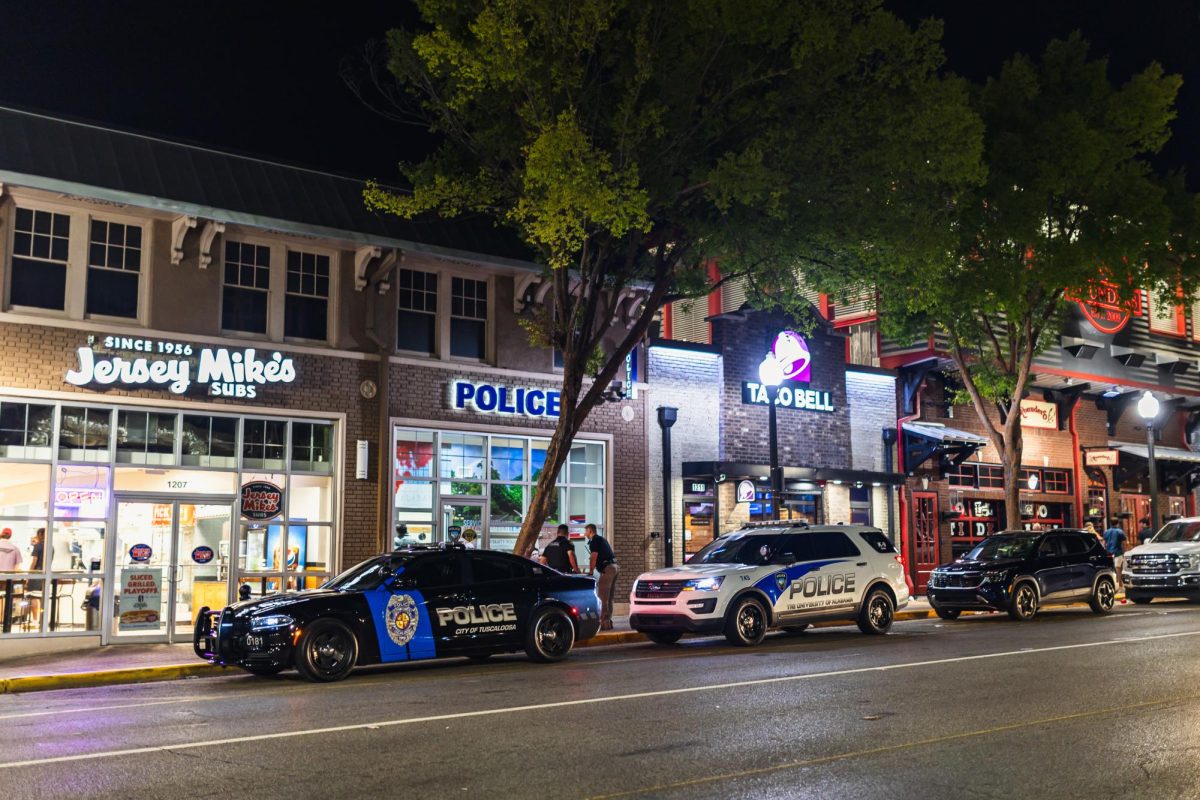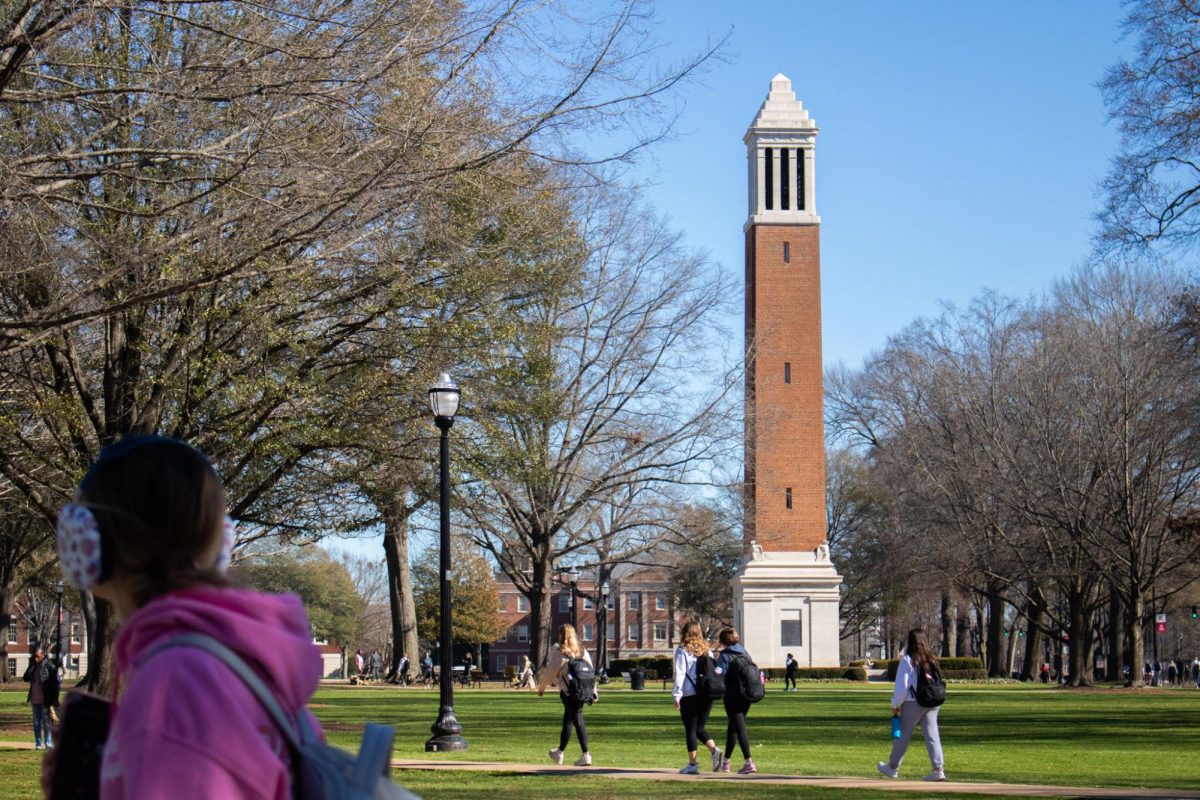A year after the storm damaged or destroyed more than half of Tuscaloosa’s Alberta neighborhood, much of the area is still ruined, cleared, or vacant. The lack of visible progress has left many questioning the recovery effort in Alberta and the future of the district as the rebuilding process continues.
Mayor Walt Maddox and the district’s councilman Kip Tyner attributed those issues to many factors.
“The biggest problem that Alberta faces is the widespread damage,” Mayor Walt Maddox said. “Around 60 percent of the structures in Alberta were impacted.”
Progress has also been slowed by the city’s process of long-term planning, but for that, Maddox is not sorry.
“In Alberta, [the recovery process] tangibly looks like debris removal and it looks like long-term planning, which is essential,” Maddox said. “What we were doing on April 26 was not helping Alberta reach its full potential, so completing the comprehensive plans in record time and getting the debris removed were pretty significant accomplishments in year one.
“In year two, our goal is going to be trying to create an affordable housing market and make commercial opportunities, as well as beginning to rebuild the city infrastructure, the fire station, police precinct and the new Alberta Elementary.”
To those questioning the city’s dedication to Alberta, the mayor pointed to Tuscaloosa’s Generational Master Plan, the product of a year of planning the recovery process, which the council will vote to adopt in May.
“In our generational plan, our largest investment of city funds will be in the Alberta area,” Maddox said. “That’s where we think we can leverage it to best effect.
Tyner agreed that everyone concerned would want to see Alberta rebuilding faster, but also defended the city’s approach of planning each step before making decisions that disadvantage Alberta.
“It’s hard to believe that it’s already been a year, it’s still hard to look at it all and think back to that day,” Tyner said. “Everyone would have liked to be a little further along, but we’ve been careful to do things right, and sometimes to do things right it takes a little time.”
There’s been progress, Tyner said, but seeing one house back on an otherwise road is not enough to satisfy him.
“One of my biggest goals is to rebuild neighborhoods. I’m happy for everyone in a home now, but I don’t want to see a house built one at a time, a house here, a house there,” Tyner said. “I really would like to see neighborhoods. It makes the community closer, you feel more ownership of your community through neighborhood developments and that’s certainly one of my main goals.”
The planning will pay off soon, both officials said, and those looking at Alberta will be able to see visible progress in the next year.
“The public hearings are in May for plans for the school, the Public Service Center is already in the architect’s hands, the Jaycee Park is moving into phase one,” Tyner said. “I really anticipate by the fall, maybe even early summer, we’ll begin to see a lot accomplished, I hope for multiple rebuilds.”
Maddox and Tyner said they wanted a better district than the one the tornado devastated. They hope to see higher housing standards and new communities that are conducive to young professionals and married couples.
The mayor admitted, though, that communication with citizens, especially about the Tuscaloosa Forward Plan, could have been handled better in the last year.
“There are things that, in retrospect, we probably would have approached differently; not in terms of debris removal or planning but how we presented and communicated it.”
Even so, the city leaders said the next year would see Alberta moving faster towards recovery, and to a new standard of living.
“I couldn’t be more optimistic about the area,” Tyner said.
John Little, who owns Yourway Furniture in Alberta, agreed that the city’s planning was necessary for the beautification of the area and the betterment of the city.
“All up and down University Boulevard until you get to the hospital, it’s been pretty well wiped out, and I think we need to make that area a scenery, something to really look at and be proud of,” Little said. “I think that’s what the city’s trying to do. It’s the direct route to the University of Alabama, which is a growing and viable part of Tuscaloosa, and it’s got to look better than it did before the storm.”
Little has operated in Alberta for 23 years and his store suffered more than $1 million in damages after the tornado. Even so, he has rebuilt in Alberta and is optimistic for his future, and the future of the area.
“The city’s regulations are not trying to run people off, they’re trying to encourage them to simply beautify the area,” Little said. “We need to have setbacks and regulations and rules that will eventually make this city better because we’re going to see a different Tuscaloosa, a different atmosphere than we’ve seen in our past. The city is just trying to make this area look different than it did before the storm, and that’s not such a bad thing.”



